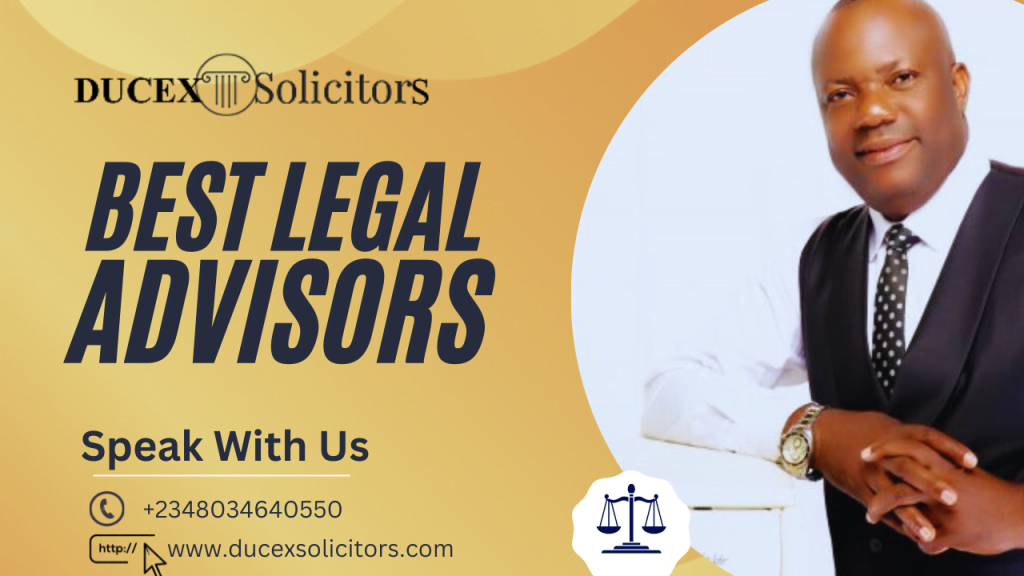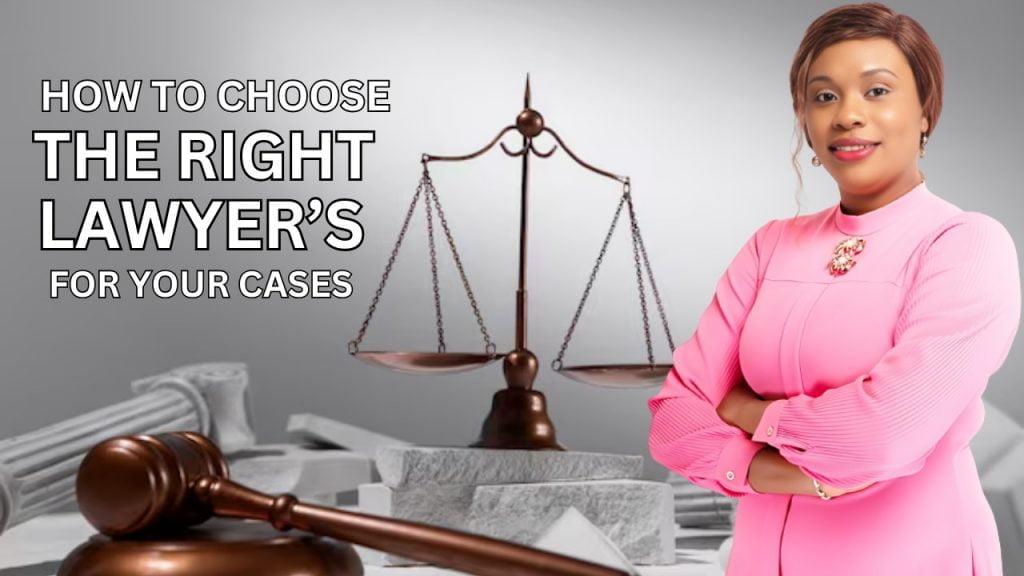In the intricate world of business, the concept of Lifting The Corporate Veil And Its Legal Impact In Business stands as both a shield and a sword. This veil, often cited in legal discussions, represents the separation of a company’s identity from that of its owners.
In this comprehensive guide, we’ll peel back the layers of this legal concept, exploring its profound impact on businesses, both big and small.
Understanding the Corporate Veil
“Exploring the Unveiling of Corporate Entities and Its Legal Ramifications in Business. To initiate this expedition, it’s imperative to grasp the concept of the legal entity, which serves as a protective barrier shielding business proprietors from personal liability.”
This separation ensures that the company’s debts and obligations are distinct from those of its shareholders. However, there are scenarios where this veil can be lifted, leading to significant legal consequences.
The Legal entity is a legal concept that separates a company from its shareholders, protecting them from personal liability for the company’s debts. However, if a court determines that a company’s activities were not in compliance with the law or were a cover for illegal activities, the shareholders may be held personally liable under the concept of “lifting the corporate veil.”

The Significance of the Legal entity
A Fortress of Protection
The Separate legal personality isn’t just a legal abstraction; it’s a fortress of protection that allows entrepreneurs to take calculated risks. It encourages innovation and investment by mitigating the fear of personal financial ruin. However, let’s delve into the nuances of lifting this veil and the impact it can have on businesses.
Lifting The Corporate Veil: A Double-Edged Sword
Navigating the Legal Maze
While the corporate veil is a shield, it’s not impenetrable. Courts can lift it under certain circumstances, exposing shareholders to personal liability. This legal maneuver is a double-edged sword. On one hand, it ensures accountability and prevents abuse of the corporate structure. On the other, it can have severe financial consequences for business owners.
Exploring the Legal Scenarios
When Is the Veil Lifted?
“When Is the Veil Lifted? refers to the inquiry about the specific moment or circumstances when the veil is removed or lifted.
Fraudulent Activities
Deceptive Practices
One of the most common scenarios for lifting the Legal entity is when a business engages in fraudulent activities. If a company is used as a tool for illegal activities, courts can hold shareholders personally responsible for the wrongdoing.
Undercapitalization
Financial Fragility
Undercapitalization, where a business lacks sufficient funds to cover its obligations, can also lead to the lifting of the Legal entity. It’s essential for businesses to maintain adequate capital to ensure they meet their financial responsibilities.
Alter Ego Doctrine
Blurring the Lines
Courts may lift the veil when a company is considered the alter ego of its owners, meaning there’s little separation between personal and business affairs. This blurring of lines can lead to the piercing of the Legal entity.
Unpaid Taxes
Tax Evasion Consequences
Failure to pay taxes owed by the business can result in the lifting of the corporate veil. This emphasizes the importance of adhering to tax regulations and fulfilling financial obligations promptly.
Neglecting Corporate Formalities
Maintaining Structure
Businesses must adhere to corporate formalities, such as holding regular shareholder meetings and maintaining proper records. Neglecting these formalities can weaken the corporate veil.
Veil Lifting in Bankruptcy
Financial Distress
In cases of bankruptcy, especially in smaller businesses, the Legal entity may be pierced to determine if the business assets should be used to satisfy outstanding debts.
What is Lifting the Corporate Veil in Business?
The concept of the corporate veil provides limited liability for owners and managers of a business, protecting them from personal responsibility for the company’s actions. However, this protection is not absolute, and in some cases, the Legal entity can be pierced.
This occurs when the owner fails to treat the company as a separate entity or when the company’s owners use it to commit fraud or illegal actions. Failure to adhere to legal requirements, such as corporate bylaws and annual meetings, can also lead to the lifting of the corporate veil.
The Legal Impact on Business
Navigating the Consequences
The legal impact of lifting the Legal entity can be profound. It not only exposes shareholders to personal liability but also affects the business’s reputation and financial stability.
Personal Liability
Bearing the Burden
When the corporate veil is lifted, shareholders may find themselves personally responsible for the company’s debts and legal obligations. This can lead to financial ruin and personal distress.
Damage to Reputation
Trust Erosion
The mere act of the corporate veil being lifted can tarnish a business’s reputation. Customers, partners, and investors may lose trust, causing long-term damage.
Financial Instability
Survival at Stake
Lifting the corporate veil can destabilize a business financially. The sudden imposition of personal liability can lead to bankruptcy and the dissolution of the company.
Other mistakes made by business owners can result in the lifting of the corporate veil.
- Using the corporation to promote fraudulent activities.
- Confusing business activities, assets, or management with personal activities and accounts.
- The debt-to-equity ratio (When a business is in large debt with very little capital, this could lead to the lifting of the corporate veil).
- Neglecting corporate formalities, such as the ones discussed above.
- Insolvency at the time of the disputed transaction, (here the company is aware of its inability to repay debt and still entered into a deal.
- Owners and managers fail to fulfill their obligations and duties as outlined in governing documents like the bylaws.
When a court lifts a business’s corporate veil, the owners become personally liable for the company’s faults, meaning creditors can seize their assets. Business owners are most affected by this as they control the company and the seized assets are theirs. Neglecting obligations can lead to bankruptcy and closure. Stakeholders also suffer as their investments can be taken if the corporate veil is lifted.
Protecting Your Business
Strategies to Safeguard Against Veil Lifting
While the legal impact of lifting the corporate veil is significant, there are strategies businesses can employ to minimize the risk.
Maintain Transparency
Clear Boundaries
Maintaining a clear distinction between personal and business affairs is crucial. Businesses should document decisions, hold regular meetings, and avoid commingling personal and company assets.
Fulfill Financial Obligations
Financial Responsibility
Meeting financial obligations, including taxes and debts, is paramount. Timely payments can prevent the lifting of the corporate veil.
Legal Counsel
Expert Guidance
Seeking legal counsel is wise for businesses. Lawyers can provide guidance on corporate formalities, contracts, and compliance, reducing the risk of veil lifting.
Insurance Coverage
Safety Net
Businesses should consider insurance coverage to protect against unforeseen legal challenges and the financial impact of lifting the corporate veil.
Conclusion
In the intricate dance between the corporate veil and business success, understanding the legal impact is paramount. This shield, while protective, is not invulnerable. Business owners must tread carefully, maintaining transparency and fulfilling financial obligations to safeguard against the piercing of the corporate veil. With the right strategies and legal guidance, businesses can thrive while embracing the complexities of the corporate world.
Frequently Asked Questions (FAQs)
Is the corporate veil always impenetrable?
No, the corporate veil can be lifted under specific legal circumstances, exposing shareholders to personal liability.
What are the consequences of lifting the corporate veil?
Lifting the corporate veil can result in personal liability, damage to the business’s reputation, and financial instability.
How can businesses safeguard against veil lifting?
Maintaining transparency, fulfilling financial obligations, seeking legal counsel, and considering insurance coverage are key strategies.
Can the alter ego doctrine apply to larger corporations?
Yes, the alter ego doctrine can be used to lift the corporate veil in larger corporations if there is a clear blurring of personal and business affairs.
Are taxes a common reason for lifting the corporate veil?
Yes, failure to pay taxes owed by the business can lead to the lifting of the corporate veil.
What should small businesses in financial distress consider regarding the corporate veil?
Small businesses facing financial distress should be aware that the corporate veil may be pierced in bankruptcy proceedings.





